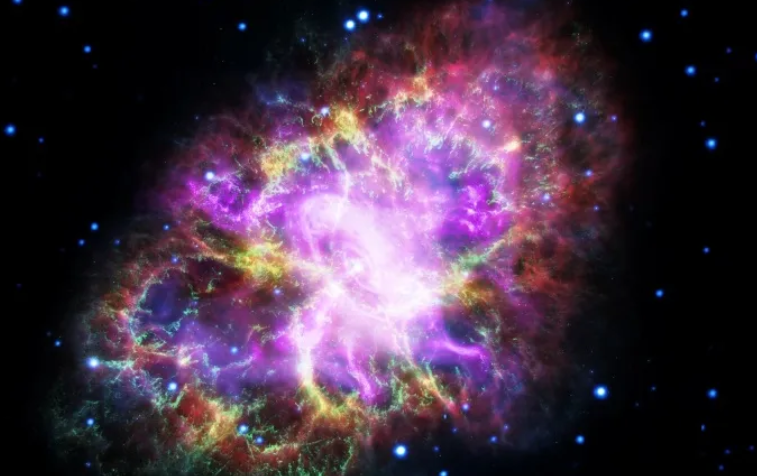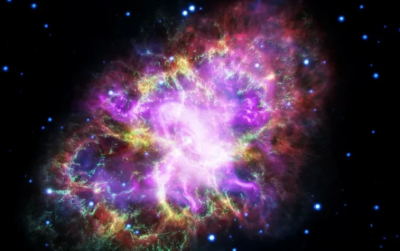Astronomers have detected a massive explosion filled with energy emanating from an ancient galaxy, apparently caused by one type of stellar death that has been hypothesized for decades but never observed until now. It may be described as the death of stars in a deadly collision race. This term is borrowed from deadly car crash races where several cars deliberately wreck each other until they all face total destruction.
Researchers say that the gamma-ray burst they observed might have been triggered by a collision of the remnants of two compact stars in a chaotic, dense environment near a supermassive black hole at the center of this elliptical galaxy. Scientists believe the stars that died were neutron stars, which contain a mass equal to that of our Sun compressed into a sphere the size of a city.
Andrew Levan, an astronomer at Radboud University in the Netherlands, stated, "To explain the gamma-ray burst, it must be the remnants of a compact star, not the remnants of a star like our Sun." Levan is one of the lead authors of the research published this week in the journal Nature Astronomy.
Astrophysicist Van-Phuc Fong from Northwestern University in Illinois, USA, said, "Gamma-ray bursts are the strongest explosions in the universe, releasing energy per unit time greater than any other known cosmic phenomenon. Therefore, their properties cannot be compared to any other characteristics. Their name is derived from the first type of light we see, which is gamma rays, but in reality, they emit signals across the entire electromagnetic spectrum."
The researchers indicated that the tremendous gravitational forces emitted by a black hole in the center of the galaxy could cause enormous damage and disturbances in the motion of nearby stars and other objects, potentially increasing the chances of collisions similar to those in the deadly collision race.
Levan mentioned, "Most stars in the universe die in a predictable manner based solely on their mass... This research reveals a new pathway for stellar death." He added, "The idea that stars can die through collisions in extremely dense regions has been proposed since at least the 1980s. So, we waited 40 years to be able to observe its phenomena."
The researchers used data from space-based and ground-based telescopes to study the gamma-ray burst in a galaxy approximately three billion light-years away from Earth, towards the constellation Aquarius. A light-year is the distance light travels in a year, equivalent to 9.5 trillion kilometers. This ancient galaxy is primarily filled with stars that are billions of years old.




